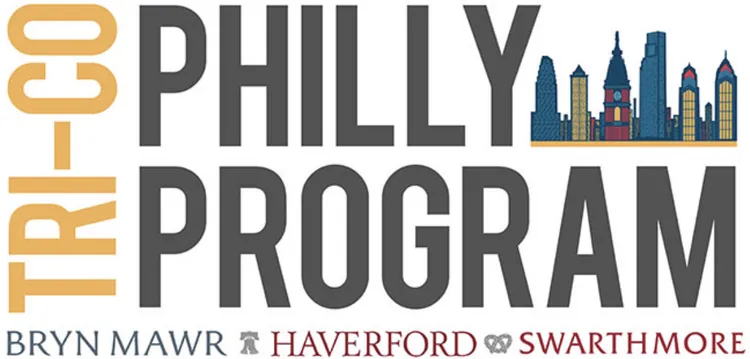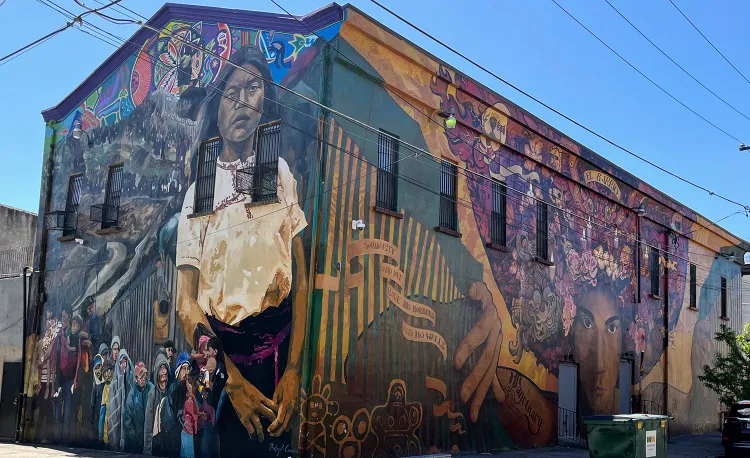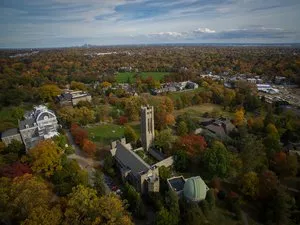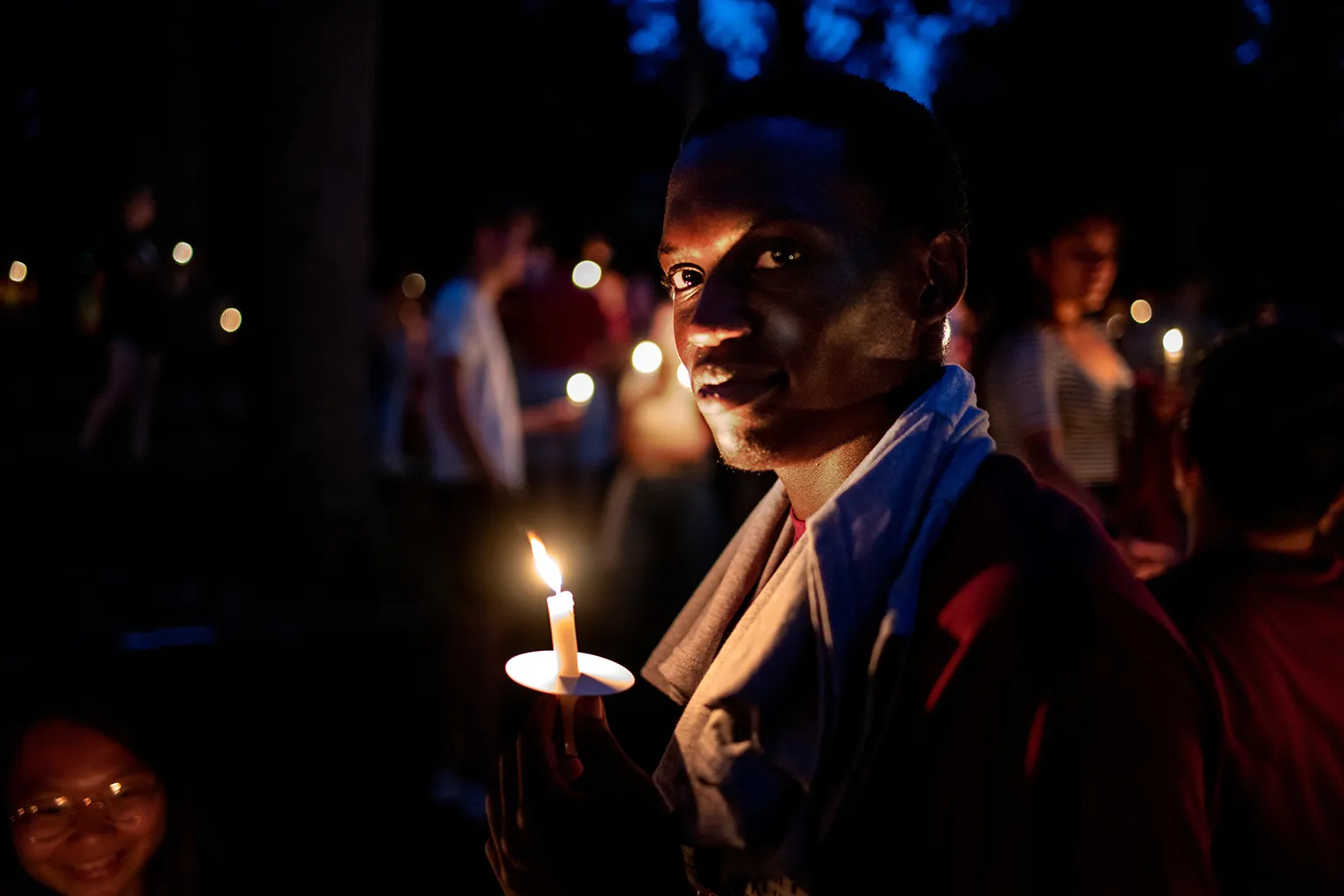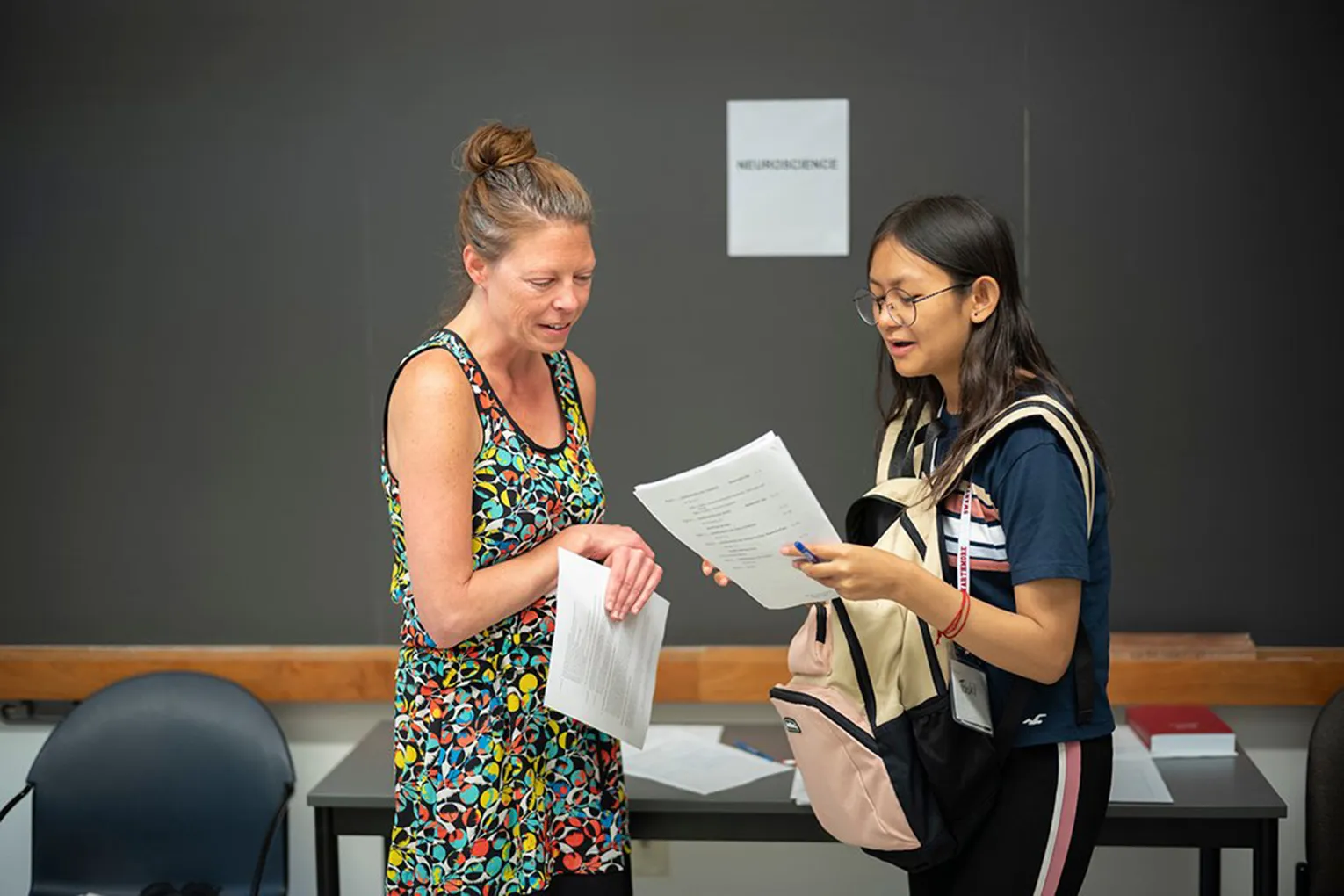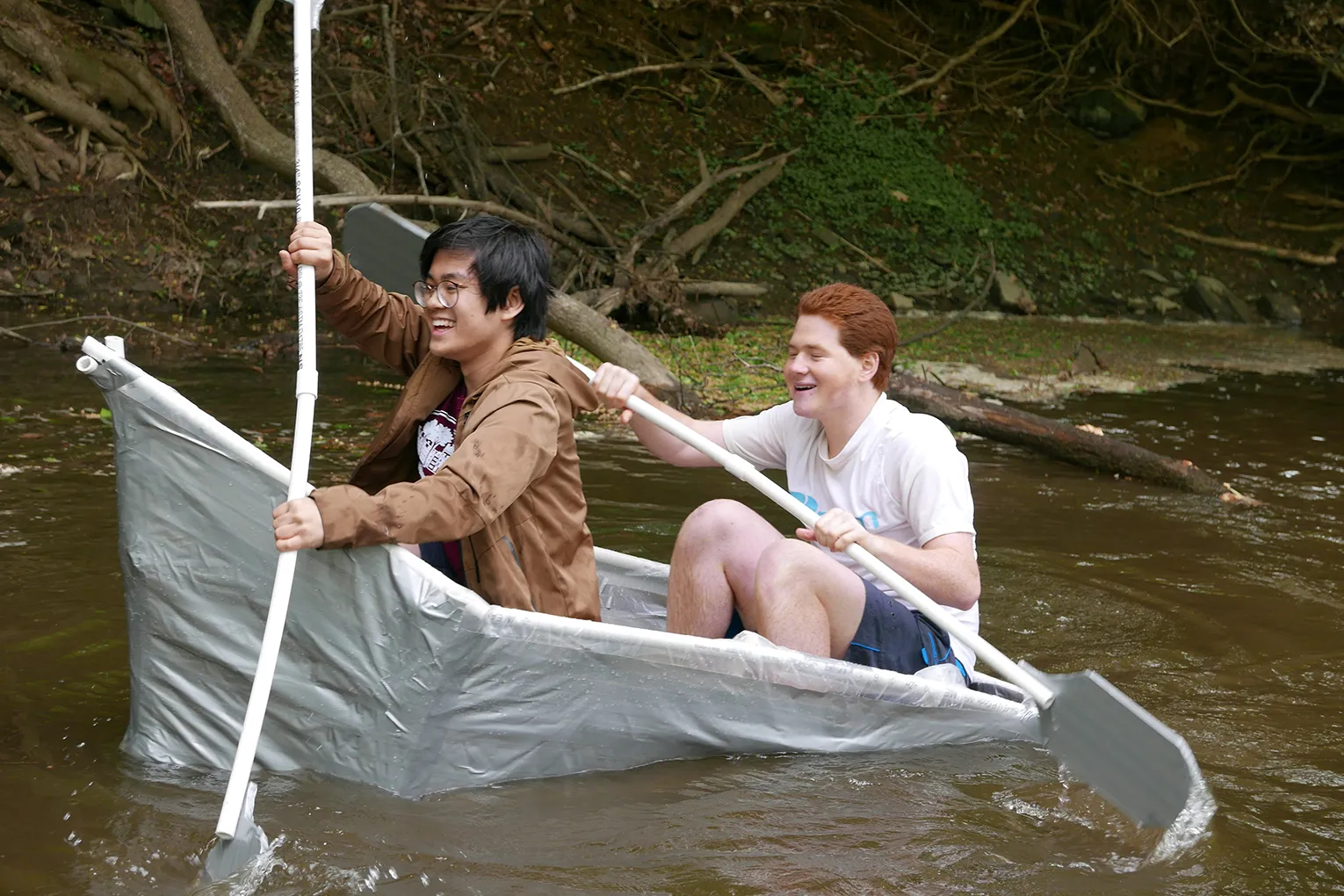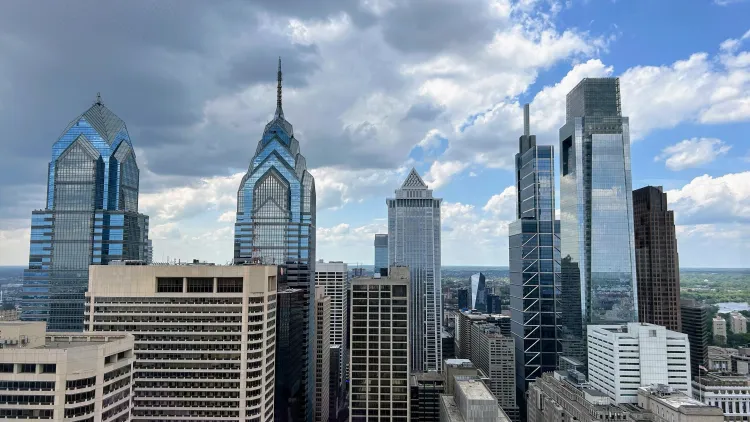
Photo: Tanya Hoard
Architecture and Urbanism of Philadelphia (ARTH 029)
Brian Goldstein, SC
Wednesday 12:15-3:00 p.m.
Philadelphia offers a nearly unmatched physical record of American architectural and urban history. Even a cursory list touches on many major developments in the built environment over the last five centuries: William Penn’s Philadelphia Plan; Eastern State Penitentiary; W.E.B. Du Bois’s The Philadelphia Negro; Philadelphia Savings Fund Society; Carl Mackley Houses; Levittown; and Society Hill. This course turns to this history not only to understand the specific arc of architecture and planning in an influential metropolitan area, but also to understand how these examples can teach about broader themes in Philadelphia and beyond, including the history of land use and planning, the industrial and urban revolutions, social struggle and social change, public memory, and aesthetic and formal innovation. The course will combine discussion with extensive first hand observation in Philadelphia and visits with local experts to introduce the foundational methods of architectural and urban history, some of the questions that animate it, and the major cultural, political, and social forces that have shaped it.
This course will proceed from two basic assumptions: that the built environment, as a cultural product, is a rich archival record; and that architecture and urbanism are not born complete but made by people through discussion, debate, contingency, use, and reuse. These will offer the framework for an interdisciplinary introduction to the history of Philadelphia’s built environment through a variety of sources: paintings, archival documents, maps, drawings, and scholarly texts from fields including art history, history, sociology, and political science. Our primary text will be the city itself, with both brief and extended field trips a central part of the class. This course will be taught in Philadelphia as part of the Tri-Co Philly Program. This course will be taught in Philadelphia as part of the Tri-Co Philly Program.
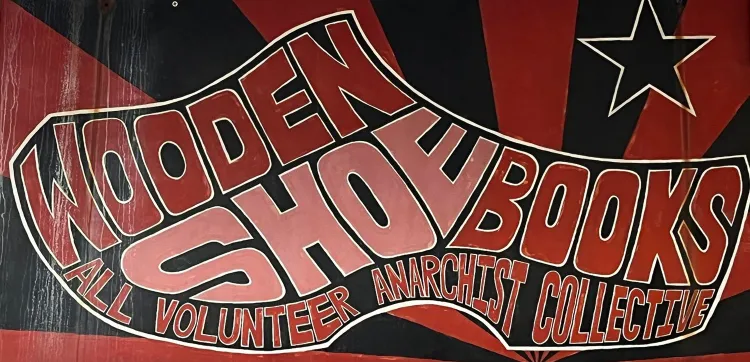
Photo: Calista Cleary
Literary Philadelphia – A Collective Exploration (ENGL 093P)
Moriel Rothman-Zecher, SC
Thursday, 12:15-3:00 p.m.
Philadelphia is a vibrant literary city, and one without a single, monolithic literary center of gravity. In this class, Literary Philly, taught by Moriel Rothman-Zecher, a Philadelphia-based novelist, poet and Visiting Assistant Professor of English Literature and Creative Writing at Swarthmore College, we will collectively explore, take part in, and contribute to Philadelphia’s literary culture.
Classes will meet on Thursdays— either in the afternoons, for guest lectures, writing exercises, visiting readers and site visits, or in the evenings, to collectively attend some of Philadelphia’s many literary events.
In this course, we will hear from and meet acclaimed Philadelphia-based novelists and poets such as 'Pemi Aguda, Joseph Earl Thomas, Emma Copley Eisenberg, Sophie Lewis, Ahmad Almallah, Camille Acker, and more. We will have the opportunity to visit bookstores such as Giovanni’s Room, a renowned queer literary institution, and community-focused bookstores such as Harriett’s Bookstore, and meet with some of their founders and owners. We will learn about the Free Library of Philadelphia, and will attend literary readings there, as well as at other Philadelphia literary institutions. We will also have the opportunity to meet with the publishers of literary journals such as The American Poetry Review, one of the country’s most prestigious poetry publications, based right in Rittenhouse Square, and to learn about the work of Blue Stoop, a grassroots Philadelphia-based writing program, and more.
In this class, students will be expected to keep and turn in a weekly literary journal, in which they will write a short reflection on each week’s session. Additionally, for their final project, students will work in groups to form some sort of a creative guide, synthesis or contribution to Literary Philadelphia – this could be a mapping of all of the city’s bookstores, a zine interviewing local poets, or any other way the group might come up with to reflect on Philadelphia’s literary culture, and share with their Tri-Co peers, and beyond, ways to connect to learn about Literary Philly.
